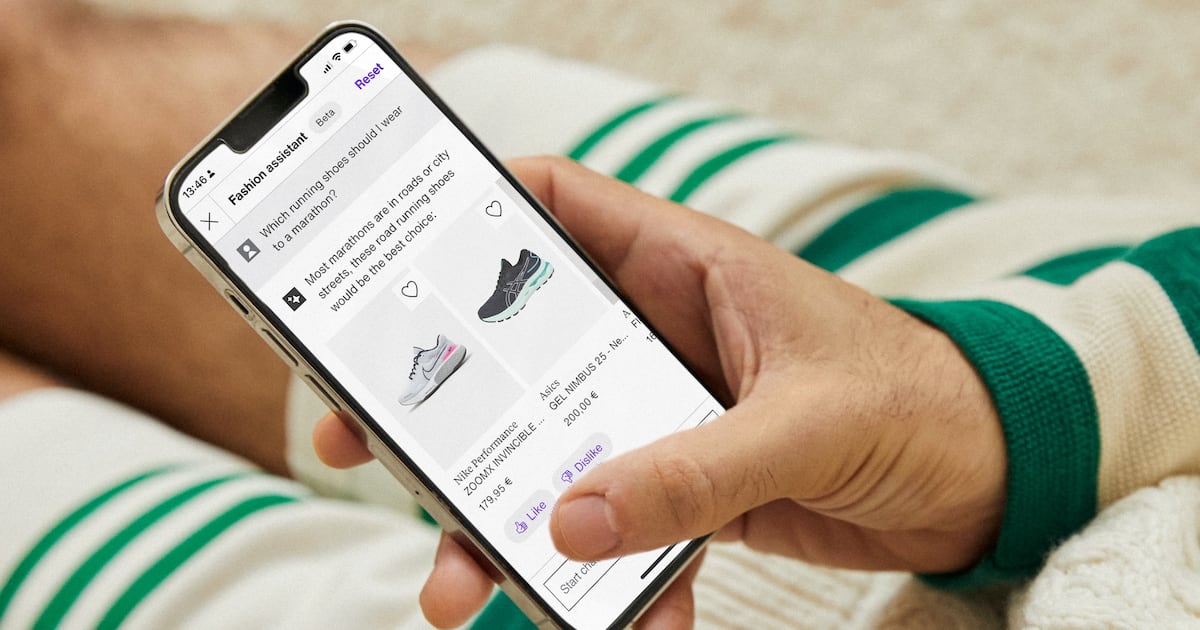
European online fashion retailer Zalando is using generative artificial intelligence to produce imagery faster for its app and website, it said on Wednesday, as AI shakes up the fashion industry and cuts costs.
Zalando, which sells branded clothes, shoes, and accessories across 25 markets in Europe, is using AI to produce imagery quickly enough to respond to short-lived fashion trends spread on social media. It is also developing AI-generated âdigital twinsâ of models to use in its marketing.
âWe are using AI to be able to be reactive,â Matthias Haase, vice president of content solutions at Zalando, told Reuters in an interview.
Using generative AI cuts the time needed to produce imagery to around three to four days from six to eight weeks, and reduces costs by 90 percent, Haase said, adding the AI-generated content drives greater engagement from customers.
âItâs not because of AI content that is better than human-created content, it is really about how new, how relevant it is to our customers,â Haase added.
Around 70 percent of Zalandoâs editorial campaign images were AI-generated in the fourth quarter of last year as it has increased use of the technology. AI-generated images illustrated Zalandoâs recap of the yearâs biggest trends, including âbrat summer,â âmob wifeâ and double denim.
For an industry used to costly, meticulously planned fashion shoots on sets or in far-flung locations, the prospect of using AI to speed up production and use marketing money more efficiently is of particular appeal to retailers with far smaller budgets than the big, luxury players.
Zalando is the latest retailer to try out AI-generated digital twins of models, after Swedenâs H&M in March said it created digital twins in collaboration with a modelling agency.
The AI-generated three-dimensional replicas enable Zalando to feature a model in a campaign and show an exact replica of that model in the appâs product pages, without needing to take hundreds of photos.
Asked how generative AI could affect job prospects for fashion photographers, Haase said traditional fashion shoots will still be needed, but that photographers and other creatives will also have to adapt to using AI tools.
âCreative people fear that AI makes creatives redundant,â Haase said. âI donât see that at all, to be honest. … I see it rather that creative minds have now, instead of two hands, six hands.â
By Helen Reid; Edited by Barbara Lewis
Learn more:
AI Is Coming for Fashionâs Creative Class
As generative artificial intelligence takes on work once reserved for stylists, photographers, and PR strategists, creatives are being pushed to prove the value of human ingenuity â and find new ways to protect it.

